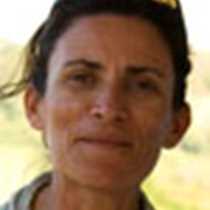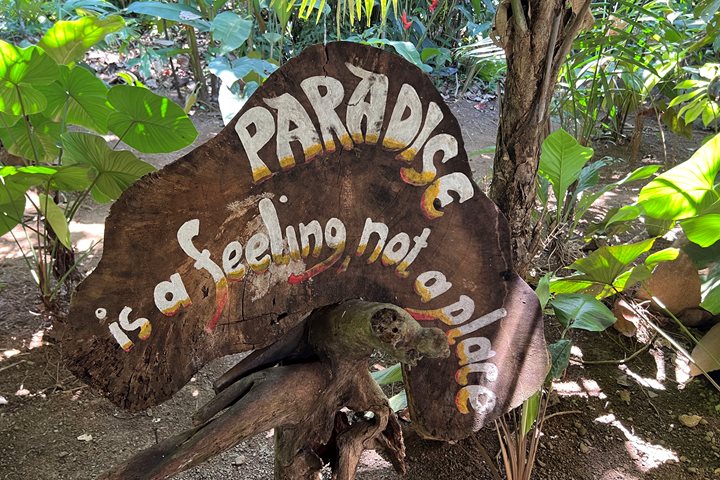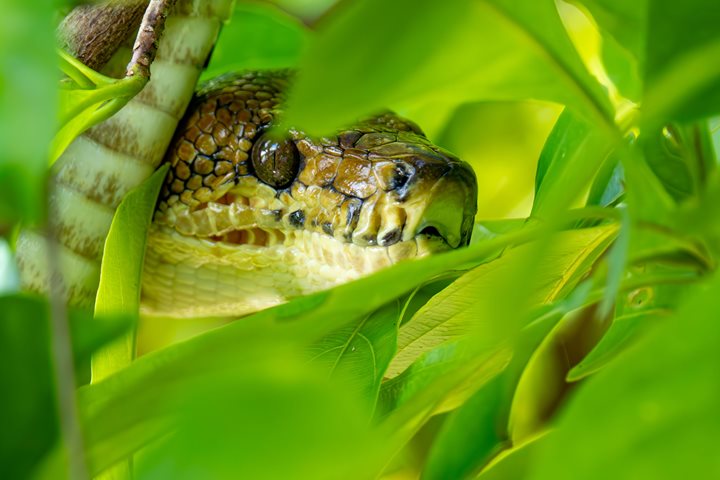On our second day in Panama, we find the National Geographic Sea Lion, heading towards the Gulf of Panama. This is the last marine area we will explore before entering one of the highlights of the trip: the Panama Canal, both places very interesting in their own right. The Gulf is an area thriving with life, as it goes through a seasonal coastal upwelling due to the Northeasterly trade winds, which run from late November through April. As the North wind comes in, it pushes off the warm waters of the surface, causing it to move away from the shoreline; as a result, the cold water from below rises to replace the removed water. These colder waters from the bottom are characterized by high concentrations of nutrients, resulting in high productivity and rich marine life. This morning, we got the chance to see the result of this seasonal phenomenon in a group of small islets, Bona and Otoque, just a few miles off of the entrance of the Canal. We approached Bona Island to take a quick look at the bird activity surrounding it. Magnificent frigatebirds, brown boobies, brown pelicans and a few scattered blue footed boobies greeted us, some in their breeding display and others just fishing for their daily meal, the large number of birds gave us an idea of how rich the waters in the Gulf are.
On we went towards the entrance to one of the engineering wonders of the modern world. As we approached the Panama Bay, we could see from the distance the silhouette of the very modern capital city of Panama, skyscrapers replaced the tall tropical rainforest trees and dozens of ships of any kind, replaced the monkeys and the butterflies. We had left nature behind and entered another incredible site, but this time one of cement, the Panama Canal, the old and the new. Into the older set of locks we went, first under the Bridge of the Americas, then the Miraflores Locks, and a quick view of the new Pacific larger set the Cocoli Locks, then the Miraflores Lake, the Pedro Miguel Locks, the infamous Culebra or Gaillard Cut to finally enter, and sleep, in the Gatun Lake. We all went to bed, early or late, with high expectations for the next and last day of our excursion.







